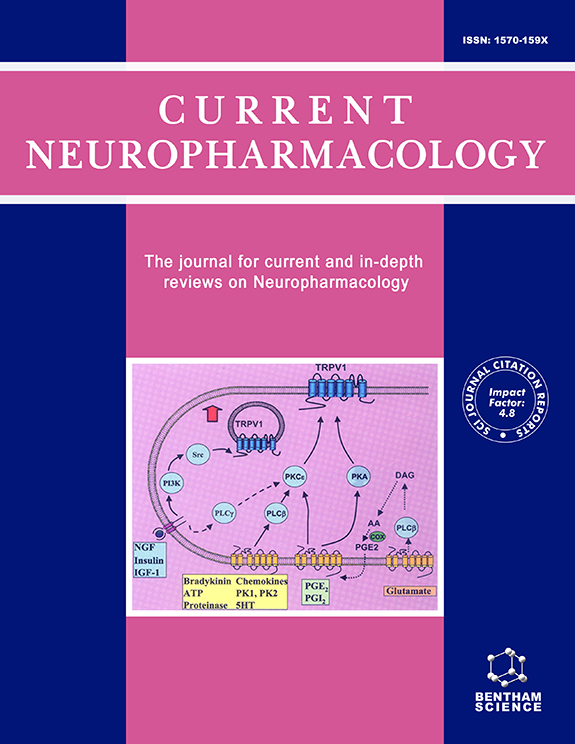Submission Tilte
Current Trends in Application of Large Language Models in Intelligent Medicine and Healthcare particularly neurodegenerative disorders
Submission Abstract:
In this era of modern technology, there has been advanced progress in integrating artificial intelligence in chemoinformatics to accelerate the discovery of neurotherapeutics from natural and synthetic sources. This special issue could explore how AI-driven chemoinformatic tools are revolutionising the identification, profiling, and optimisation of bioactive compounds for the treatment of neurological diseases such as Alzheimer’s, Parkinson’s, epilepsy, and multiple sclerosis. Contributions could include machine learning models for predicting neuroactivity, virtual screening of natural product libraries, AI-aided structure–activity relationship (SAR) studies, large language models (LLMs) and network pharmacology approaches. Therefore, this special journal issue (Current Neuropharmacology) focuses on leveraging LLMs to advance intelligent medicine and healthcare through three key dimensions: application innovation, architectural enhancement, and clinical integration. Combining modern AI techniques—including disease ontologies, knowledge graphs, and LLM fine-tuning—it explores the development of systems for personalised diagnostics, precision therapeutics, and digital health infrastructure, with a specific focus on preventing neurological disorders. Advances in neuropharmacology, as a branch of pharmacology and as a means to understand how the nervous system develops, are optimally maintained across healthy aging and go awry during the development of neurological disorders, and have grown exponentially over the last century. A potential way to advance the neuropharmacology field is to apply current technological advances from separate but parallel fields, particularly recent advances in translational informatics, which have emerged as a pivotal field and hold the potential to bridge the treacherous gap between basic research and clinical application. This thematic issue aims to explore the advances, challenges, and applications of database management, LLM, and analytics in neuropharmacology. In this Special Issue of Current Neuropharmacology, we invite scientific manuscript contributions from authors worldwide, across neuropharmacology and LLM informatics disciplines focused on better understanding and treating neurological disorders. In this regard, submissions are encouraged from basic and clinical researchers, practitioners, and experts/collaborative teams at the intersection of neuropharmacology and informatics. We aim to advance our understanding of neurological disorders, improve drug discovery processes (both target identification and drug evaluation/development), and ultimately enhance patient outcomes through the application of translational informatics.




